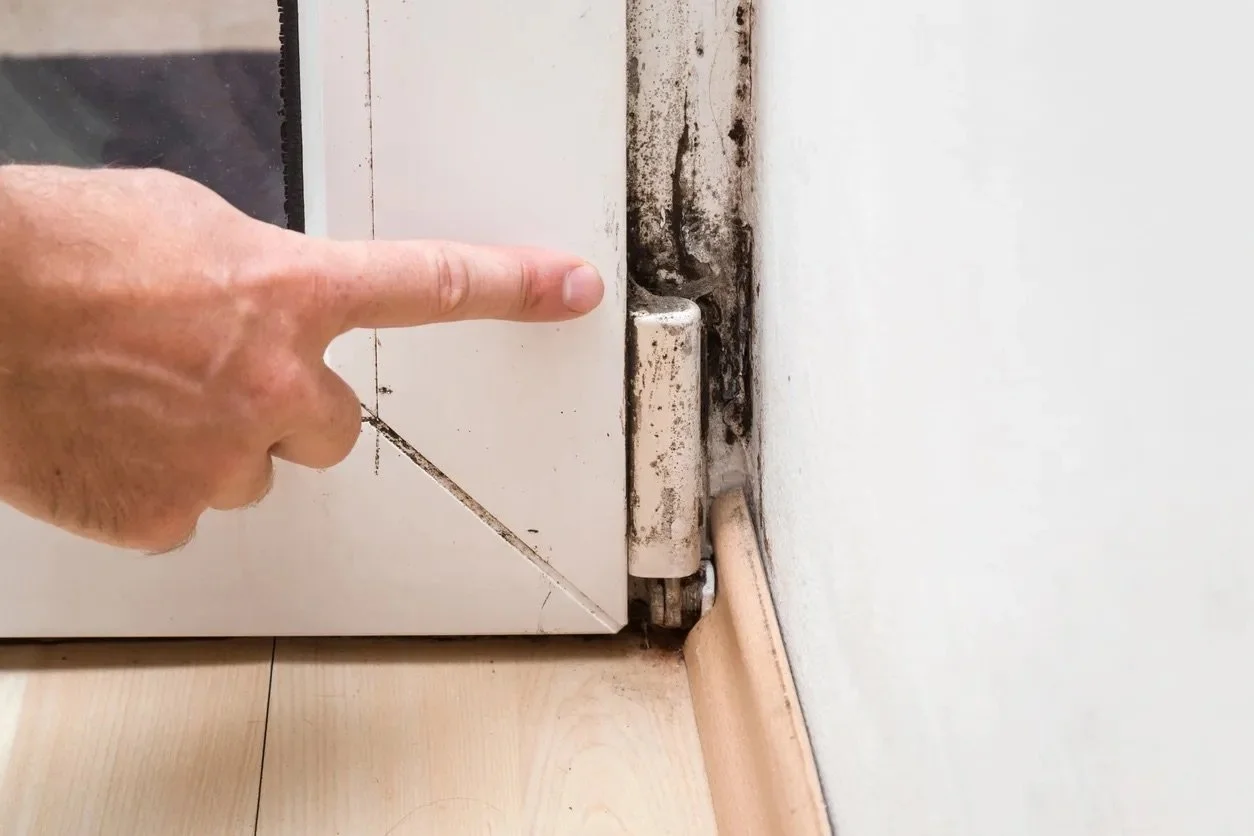Navigating Water Vapour Diffusion in Building Materials
Moisture management in buildings requires a deep understanding of the sd-value and MNs/g. These metrics help determine how materials resist and transmit water vapor, which is crucial in preventing condensation and structural issues. Learn how these values can guide better material choices for long-lasting, healthy buildings.
Relative Humidity, Condensate and Building Materials
Relative humidity and temperature play a key role in building moisture management. Condensation forms when warm, humid air meets cold surfaces, leading to issues like mold growth and structural damage. Learn how to control condensation through proper insulation, ventilation, and humidity management to create healthier, more durable buildings.
Condensation, mould and your health
Neglecting heating in your home can invite mould, which poses serious health risks over time. Exposure to mould spores can lead to allergies, asthma, and other respiratory issues. Learn when it's safe to handle mould removal on your own and when it's best to call in the experts.
Water Content in Construction Timber
Moisture content in construction timber is a critical factor that influences structural integrity and longevity. Excess moisture can lead to mold, decay, and even misdiagnosed condensation issues. Learn how to manage timber moisture effectively through proper storage, ventilation, and monitoring to prevent costly damage and ensure your building’s durability.
Strap and Line - Interior Insulation
Enhancing thermal insulation for historic facades while preserving aesthetics requires careful planning. Discover how interior insulation, vapour barriers, and hydrophobisation can protect both historical and modern structures from condensation, mould, and thermal bridges. Ensure long-lasting energy efficiency with the right materials and methods.
Building a successful Indoor Swimming Pool
Swimming pools present unique design challenges, including managing humidity, condensation, and energy efficiency. By understanding these conditions and selecting the right materials and systems, building professionals can create sustainable pools that stand the test of time. Embrace the principles of building physics to ensure your pool remains an enjoyable and efficient investment for years to come.
Condensation on Thermal Insulation Glass - exterior
Condensation on insulating glass windows is often seen as a flaw, but it's actually a sign of high-quality insulation. This natural occurrence shows that the glass is effectively reducing heat loss, contributing to energy efficiency and sustainability. Embrace condensation as a mark of superior insulation and explore innovative solutions like self-cleaning coatings to manage moisture build-up.
The Significance of Mould in Buildings
Mould in buildings is more than just an eyesore—it’s a signal of underlying issues in building design and performance. While the health impacts of mould, particularly in relation to asthma, remain debated, mould growth is a clear sign of moisture problems, poor ventilation, and insufficient heating. Recent studies, including those discussed in The Skeptics' Guide and Unbiased Science Podcast, indicate that while mould can exacerbate allergies and respiratory conditions, its direct link to more severe health outcomes may be overstated. Nevertheless, eliminating mould is crucial for both building integrity and occupant comfort. Addressing mould is not just about surface treatment—it requires improving the building’s insulation, ventilation, and overall energy efficiency.








